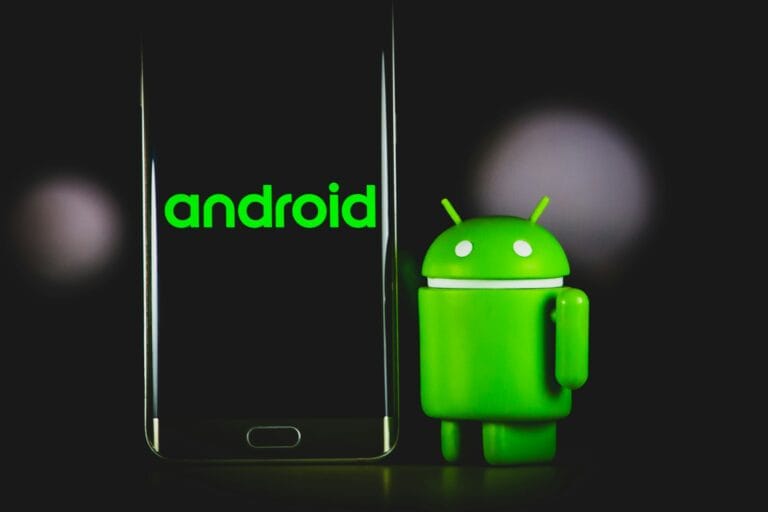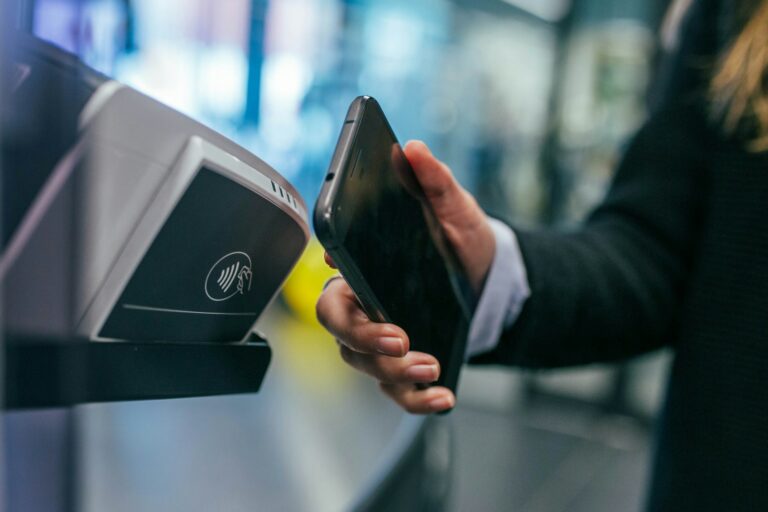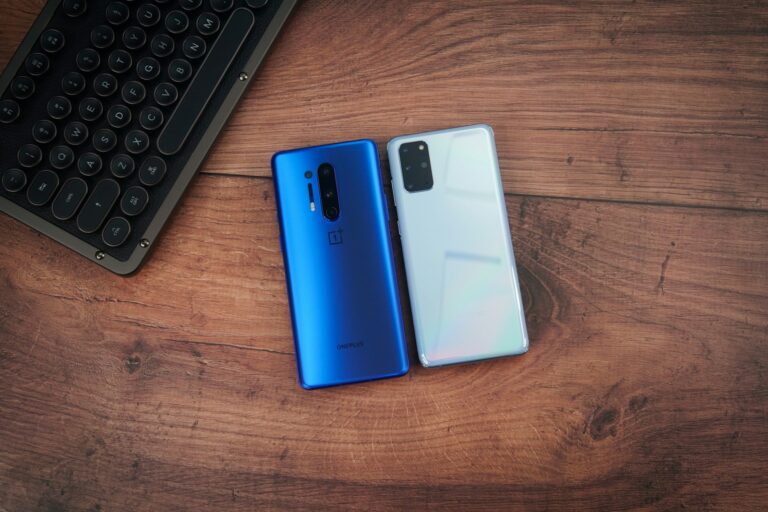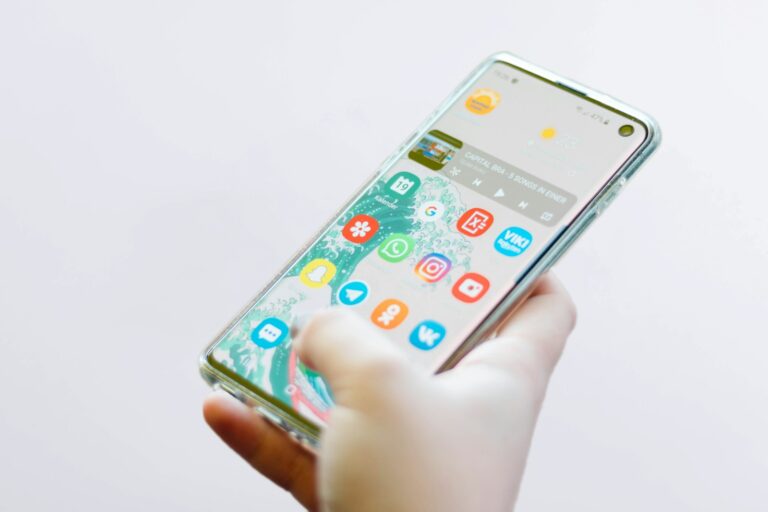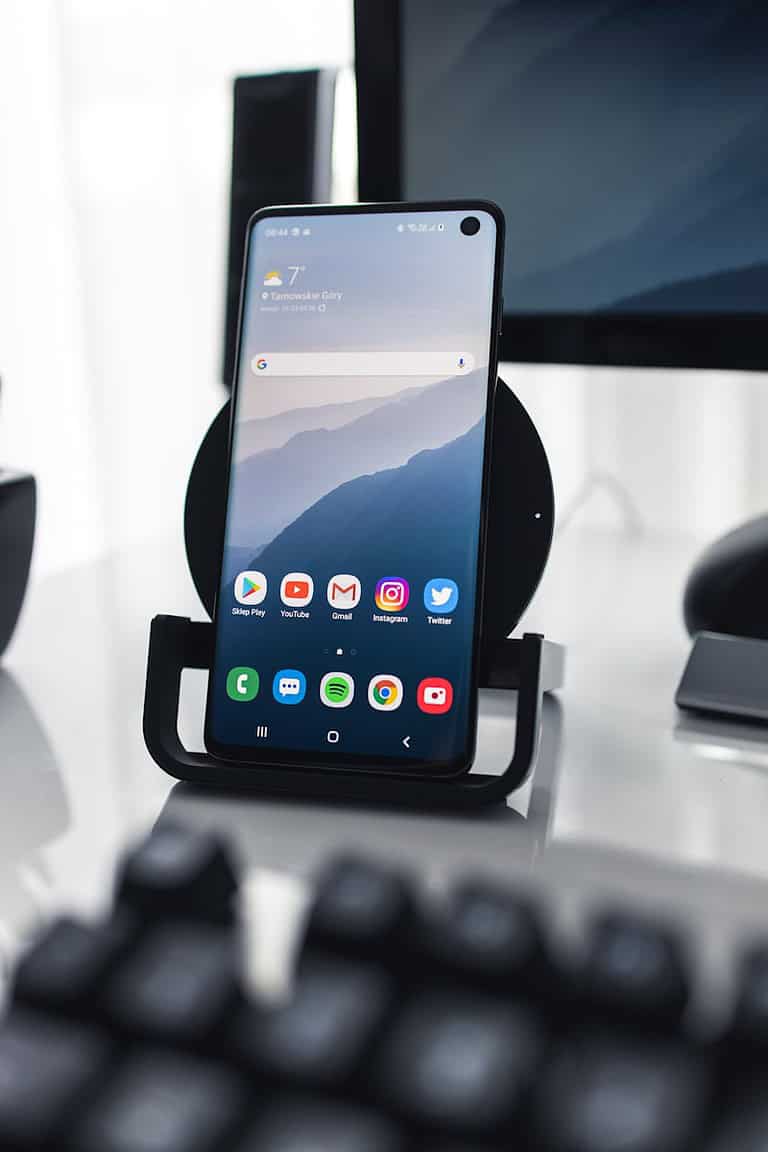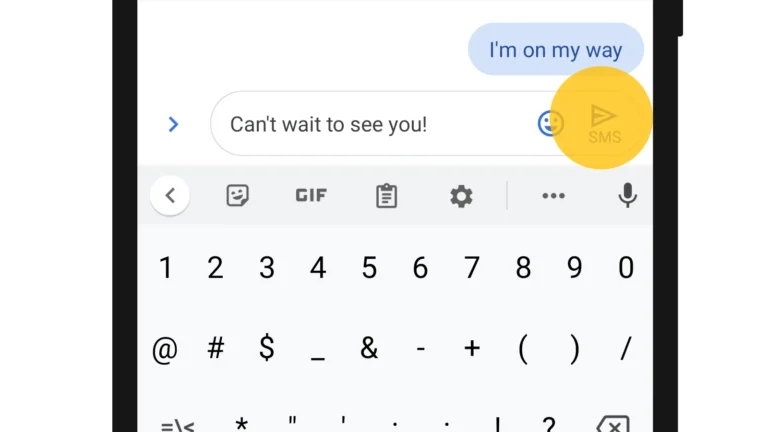
Losing important data on your Android device can be stressful. Thankfully, Android data recovery software offers a solution to retrieve deleted files, photos, messages, and more. These tools can scan your device or storage media to find and restore lost data, even from damaged or broken phones.
Android data recovery software works with various data types and storage sources. It can recover information from internal memory, SD cards, and sometimes even SIM cards. Many programs support recovery from common scenarios like accidental deletion, factory resets, and system crashes.
Choosing the right Android data recovery software is crucial for successful file retrieval. Factors to consider include supported devices, data types, ease of use, and recovery success rates. Some popular options include Dr.Fone, EaseUS MobiSaver, and FonePaw Android Data Recovery.
Android Data Recovery
Losing photos, videos, or important files on your Android phone can be stressful — but in many cases, those files aren’t gone forever. Whether you accidentally deleted them, formatted your storage, or experienced a system crash, there are several reliable ways to recover your data.
This guide explains how Android data recovery works, the best recovery methods, and tools you can use to restore lost files safely.
🧠 Understanding Android Data Recovery
When you delete a file on Android, it isn’t immediately erased from your device’s storage. Instead, the system marks the space as “available” for new data.
Until that space is overwritten, recovery tools can often retrieve your lost files.
⚠️ Important: Stop using your phone immediately after data loss to prevent new data from overwriting the deleted files.
🔍 Step 1: Check Trash or Recently Deleted Folders
Before using recovery software, check if your files are still in the Trash or Recently Deleted folders.
| File Type | Where to Look | How to Access |
|---|---|---|
| Photos & Videos | Google Photos → Library → Trash | Restore within 60 days |
| Files & Documents | Files by Google → Trash | Restore within 30 days |
| Notes or App Data | Inside specific apps (e.g., Samsung Notes) | Check app settings or cloud backup |
If your files aren’t there, move on to the next steps.
🔄 Step 2: Restore from Google Backup
If you have Google Backup enabled, you can restore deleted files, contacts, and app data.
- Go to Settings → Google → Backup.
- Check if a recent backup exists.
- If needed, factory reset your device and restore from the backup during setup.
Note: Google Drive and Photos backups must have been enabled before data loss.
🧰 Step 3: Use Android Data Recovery Software
If the files aren’t in the Trash or backed up, specialized data recovery tools can help. These programs scan your phone’s internal storage or SD card for recoverable files.
Recommended Android Data Recovery Tools (2025)
| Tool Name | Key Features | Compatibility |
|---|---|---|
| Dr.Fone – Data Recovery (Wondershare) | Recovers photos, messages, contacts, WhatsApp data | Windows, macOS |
| Tenorshare UltData for Android | No root required, supports selective recovery | Windows, macOS |
| iMobie PhoneRescue for Android | Deep scan and preview before restore | Windows, macOS |
| DiskDigger | Works directly on device (root improves results) | Android app |
| EaseUS MobiSaver for Android | Recovers from internal and external storage | Windows, macOS |
🔗 For detailed comparisons, see guides from Android Authority and Handy Recovery.
How to Use Recovery Software
- Install the recovery tool on your PC or Mac.
- Connect your Android phone via USB and enable USB Debugging
(Settings → Developer Options → USB Debugging). - Scan your device for lost files.
- Preview and recover the files you want to restore.
- Save recovered files to your computer — not your phone — to avoid overwriting.
💾 Step 4: Recover from SD Card (If Applicable)
If your Android device uses an SD card:
- Remove the SD card and connect it to your computer using a card reader.
- Use recovery software like Recuva, PhotoRec, or Disk Drill.
- Scan and restore deleted files directly from the SD card.
🛡️ Step 5: Prevent Future Data Loss
| Prevention Tip | How It Helps |
|---|---|
| Enable Google Backup | Automatically saves app data, contacts, and files |
| Use Google Photos | Keeps photos and videos synced to the cloud |
| Regularly export important files | Store copies on your PC or external drive |
| Use trusted recovery apps only | Avoid malware and data leaks |
| Keep storage healthy | Avoid frequent formatting or unsafe app installs |
⚙️ Advanced Option: Rooted Device Recovery
Rooting gives you deeper access to your phone’s file system, improving recovery success rates.
However:
- It voids warranties and can compromise security.
- Rooting should only be done by experienced users.
If you decide to root, use tools like Magisk or KingoRoot, and ensure you back up your data first.
🧭 Summary
| Recovery Method | Best For | Requires PC? | Success Rate |
|---|---|---|---|
| Trash / Recently Deleted | Recent deletions | No | ⭐⭐⭐⭐⭐ |
| Google Backup | Synced devices | No | ⭐⭐⭐⭐ |
| Recovery Software | Deep data loss | Yes | ⭐⭐⭐⭐ |
| SD Card Recovery | External storage | Yes | ⭐⭐⭐⭐ |
| Rooted Device Recovery | Advanced users | Yes | ⭐⭐⭐⭐⭐ |
✅ Conclusion
Recovering lost files on Android is often possible if you act quickly and use the right tools. Start by checking your Trash and Google backups, then move to data recovery software if needed. Finally, enable automatic backups to protect your data from future loss.
💡 Pro Tip: The sooner you attempt recovery, the higher your chances of success.
Key Takeaways
- Android data recovery software can retrieve lost files from phones and storage media
- These tools support various data types and common loss scenarios
- Selecting the right software improves chances of successful data recovery
Understanding Android Data Recovery
Android data recovery involves processes to retrieve lost or deleted information from mobile devices. These techniques address various data loss scenarios and utilize specialized software tools.
Types of Data Loss Scenarios
Accidental deletion is a common cause of data loss on Android devices. Users may unintentionally remove photos, messages, or contacts. System crashes can also lead to data loss, often due to software glitches or hardware failures.
Virus attacks pose another threat to Android data. Malware can corrupt files or make them inaccessible. OS crashes during updates or installations may result in lost information.
Rooting errors and ROM flashing mistakes can erase critical data. These advanced procedures carry risks if not performed correctly. Users without backups face greater challenges in recovering their information.
Data Recovery Fundamentals
Android data recovery software scans device storage to find traces of deleted files. This process examines all sectors of the storage media. Recovery tools can often retrieve data from internal memory and SD cards.
The effectiveness of recovery depends on several factors. Time since deletion is crucial – quicker action improves chances of success. Continued device use may overwrite deleted data, making it unrecoverable.
Most recovery software supports multiple file types. These include photos, videos, contacts, messages, and documents. Some tools can even recover SIM card data. Free trials are often available to test recovery capabilities before purchase.
Recoverable Data Types and Storage Sources
Android data recovery software can retrieve various file types from internal memory and external storage. These tools access deleted or lost data from different sources on Android devices.
Internal Memory Recovery
Android devices store important data in internal memory. Recovery software can retrieve photos, videos, contacts, and text messages from this source. It also recovers documents, call logs, and app data.
Photos and videos are common targets for recovery. Software scans the device storage to find image and video file fragments. It then reconstructs these files.
Contacts and text messages are often priorities for users. Recovery tools can access the SQLite databases where Android stores this information. They extract contact details and SMS/MMS messages.
Documents like PDFs and Office files are recoverable from internal storage. Music files and voice recordings can also be retrieved in many cases.
SD Card and External Storage Recovery
Many Android devices support expandable storage via SD cards. Recovery software can scan and retrieve data from these external sources.
Photos, videos, and music files are frequently stored on SD cards. Recovery tools can often restore these media files even after accidental deletion or card formatting.
Documents and downloaded files on SD cards are also recoverable in many instances. The software scans the card’s file system to locate deleted file data.
Some Android phones allow moving apps to SD cards. Recovery tools may be able to retrieve app data and settings from external storage in these cases.
File attachments from messaging apps are often saved to SD cards. Recovery software can potentially restore these attachments.
Selecting Android Data Recovery Software
Choosing the right Android data recovery software requires careful consideration of features, performance, and user experience. Several options exist, each with unique strengths and capabilities.
Features of Competent Recovery Software
Effective Android data recovery tools support multiple file types and recovery scenarios. Top software can retrieve photos, videos, messages, contacts, and documents from internal storage, SD cards, and SIM cards. Look for programs that work with various Android devices and handle common data loss situations like accidental deletion, factory resets, and system crashes.
Key features include:
- Broad file type support
- Recovery from different storage locations
- Compatibility with major Android brands
- Preview functionality before recovery
- Selective file restoration
- User-friendly interface
Some advanced options offer additional features like:
- Rooting assistance (if needed for deeper access)
- Backup creation
- Device management tools
Review of Popular Android Data Recovery Tools
Several well-known Android data recovery software options stand out in the market:
Dr.Fone: Offers comprehensive recovery for 16+ file types. Works with internal storage, SD cards, and SIM cards.
EaseUS MobiSaver: Known for its straightforward interface and ability to recover from various scenarios.
FonePaw: Specializes in photo, video, and text message recovery. Can restore data from SIM cards.
Tenorshare UltData: Provides quick scanning and recovery options for lost Android data.
Disk Drill: Offers both free and paid versions with a wide range of recovery features.
These tools vary in pricing, with some offering free trials or limited free versions. Paid options typically range from $30 to $70 for a lifetime license.
Evaluating Success Rates and User Interfaces
Recovery success rates depend on factors like data loss cause, device model, and time since deletion. No software guarantees 100% recovery, but reputable tools often achieve high success rates for recently deleted files.
User interface quality significantly impacts the recovery experience. Look for software with:
- Clear step-by-step instructions
- Intuitive navigation
- File preview options
- Progress indicators during scans
Read user reviews and expert assessments to gauge real-world performance. Some programs excel in specific areas, like photo recovery or handling rooted devices.
Consider trying free versions or trials before purchasing. This hands-on experience helps assess compatibility with your device and recovery needs.
Practical Steps for Data Recovery
Android data recovery involves careful steps to retrieve lost files and minimize further damage. Proper techniques can significantly increase the chances of successful recovery.
Preventing Further Data Loss
Stop using the device immediately after noticing data loss. Turn off mobile data and Wi-Fi to prevent syncing or overwriting. Avoid installing new apps or updating existing ones. These actions help preserve the current state of the device’s storage.
Back up any remaining data to a secure location. Use cloud services or connect to a computer via USB to create a backup. This ensures you don’t lose more information during the recovery process.
Consider enabling USB debugging mode for advanced recovery options. This setting allows deeper access to the device’s storage when connected to a computer.
Initiating the Recovery Process
Check built-in recovery options first. Android’s Google Photos app can restore deleted images and videos within 60 days. Gmail may retain deleted emails for a short period.
Use Android’s native file manager to search for lost files. Sometimes, files are misplaced rather than deleted. Look in the Downloads folder or other directories.
Try third-party recovery software if built-in options fail. Connect the device to a computer and run a scan. Choose reputable tools like Dr.Fone or DiskDigger.
For SD card recovery, remove the card and use a card reader with recovery software on a computer. This method often yields better results than scanning the entire device.
Handling Common Recovery Challenges
Factory reset recovery requires specialized tools. Use software that can recover data after a reset, but success rates vary. Act quickly, as new data can overwrite old files.
Forgotten passwords may lock you out of encrypted data. Try Android’s built-in password recovery options first. For custom ROMs, check manufacturer-specific recovery methods.
Broken screens pose a unique challenge. Use USB OTG cables to connect a mouse and navigate the device. Alternatively, use screen mirroring to a computer if touch functions work.
Water damage requires immediate action. Power off the device, remove the battery if possible, and use silica gel packets to absorb moisture. Seek professional help for severe cases.
Frequently Asked Questions
Android data recovery involves several methods and tools to retrieve lost files. Users often encounter common issues when trying to recover data from their devices.
How can one recover permanently deleted files on an Android device?
Recovering permanently deleted files on Android can be challenging. Users can try Google Photos for recently deleted images and videos. Third-party recovery apps may help retrieve other file types. Regular backups are crucial to prevent permanent data loss.
What steps should be taken to retrieve data from a corrupted Android phone?
To recover data from a corrupted Android phone, first try booting into safe mode. If unsuccessful, connect the device to a computer and use recovery software. For severe corruption, professional data recovery services may be necessary.
Which is the most reliable free data recovery application for Android?
Several free Android data recovery apps exist. DiskDigger and EaseUS MobiSaver are popular options. These apps offer basic recovery features without cost. However, paid versions often provide more comprehensive recovery capabilities.
Can data be restored from an Android device without a PC?
Some data can be restored without a PC. Cloud backups like Google Drive allow recovery of certain files directly on the device. Some recovery apps work entirely on the phone. Complex recoveries may still require a computer.
What are the best practices for using Android data recovery software?
When using Android data recovery software, stop using the device immediately after data loss. Enable USB debugging on the phone. Choose reputable software and follow instructions carefully. Avoid writing new data to the device during recovery.
Is it possible to recover data from an Android phone using online tools?
Online tools for Android data recovery are limited. Most effective recovery methods require software installation. Some cloud services offer online recovery for backed-up data. Generally, local software or professional services yield better results for comprehensive data recovery.

